Decoding the Complex Flavors of Argentine Chimichurri Sauce
12 min read Explore the vibrant flavors and traditional ingredients that define authentic Argentine chimichurri sauce and its cultural significance. July 09, 2025 21:05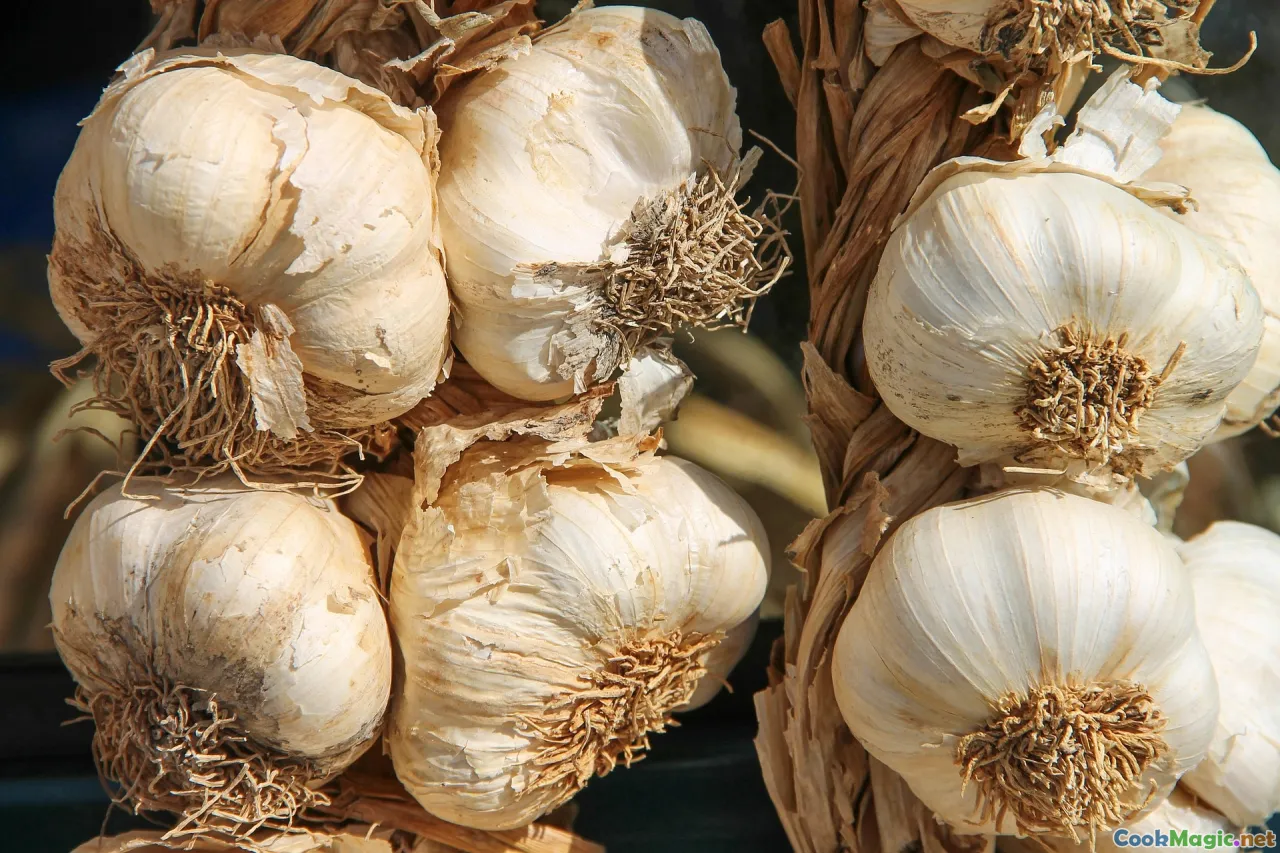
Decoding the Complex Flavors of Argentine Chimichurri Sauce
Few condiments enchant the palate like Argentine chimichurri—a vibrant mosaic of herbaceous zest, tangy acidity, smoky undertones, and a whisper of heat. For many, it symbolizes more than just a sauce; it embodies Argentine identity, history, and the passion that fuels the country’s culinary soul. Every drizzle over a perfectly grilled cut of beef, every dollop atop roasted vegetables, or smear on crusty baguette slices harks back to generations of Argentine traditions. Yet, beneath its seemingly simple exterior lies a fascinating labyrinth of flavors awaiting discovery.
In this exploration, we’ll peel back the layers of chimichurri, analyzing its ingredients, unraveling its character, and revealing how this sauce has become a quintessential emblem of Argentine cuisine. More than just a dressing, it’s a sensory story told through ingredients, technique, and cultural history—rich, spirited, and endlessly complex.
The Cultural Roots of Argentine Chimichurri
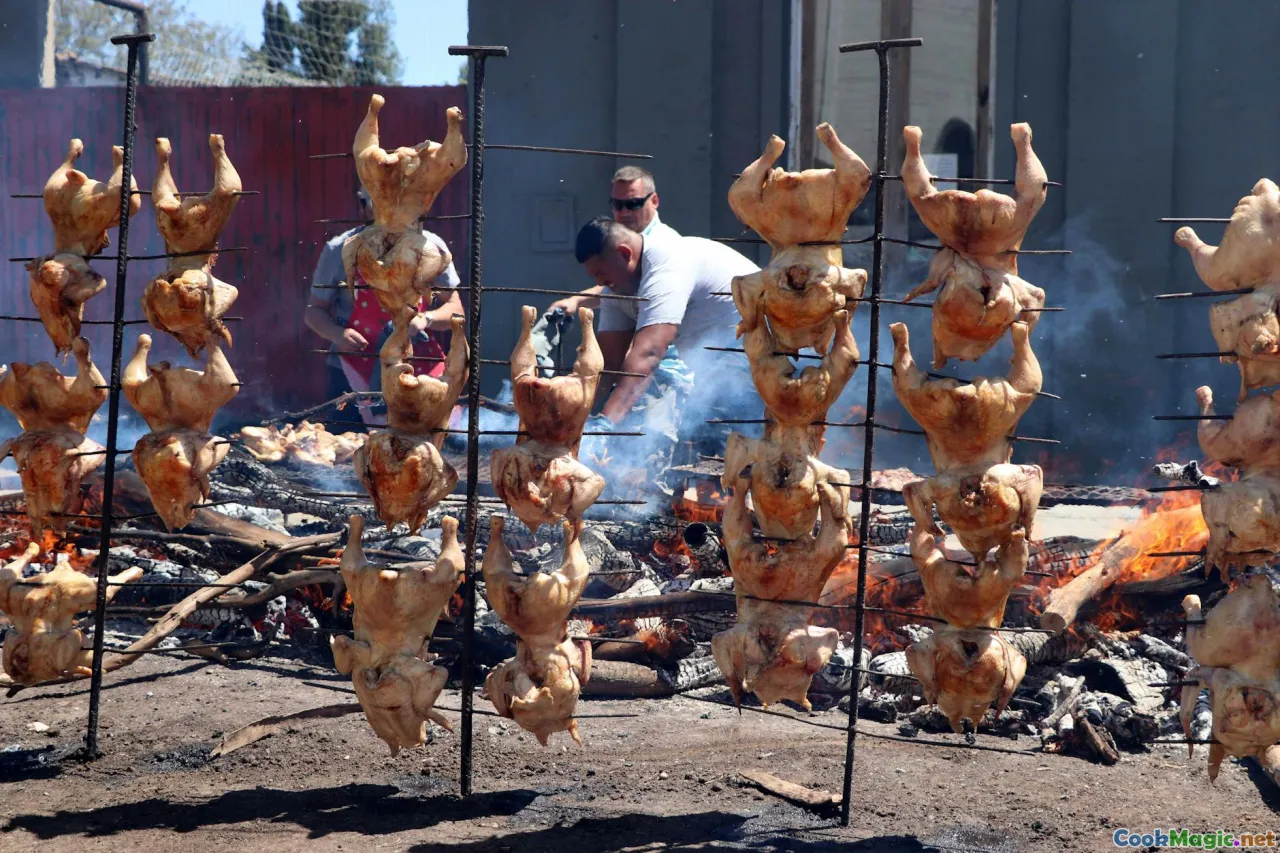
Chimichurri’s lineage is steeped in Argentine history, entwined with the land of gauchos—the wandering cowboys of the pampas. Their rustic, hearty lifestyle necessitated simple yet flavorful condiments, and over generations, chimichurri was born as a reflection of the Argentine spirit—libertarian, resourceful, and deeply tied to the land.
Originally, the sauce was a shared creation among gauchos, formed from ingredients readily available in rural Argentina: herbs, garlic, vinegar, and chili. These were the ingredients that traveled easily on horseback, and their bold flavors complemented the robust, grass-fed beef that forms the backbone of Argentine grilling.
Today, chimichurri is synonymous with Argentine beef culture, featured prominently at its famed asados—barbecue gatherings that are more than just meals; they are social rituals that carry the soul of the nation. Every family, every region, has its version—some spiced with fiery chili, others milder with a focus on herbal freshness—yet all share that unmistakable vibrancy.
Anatomy of a Classic Chimichurri
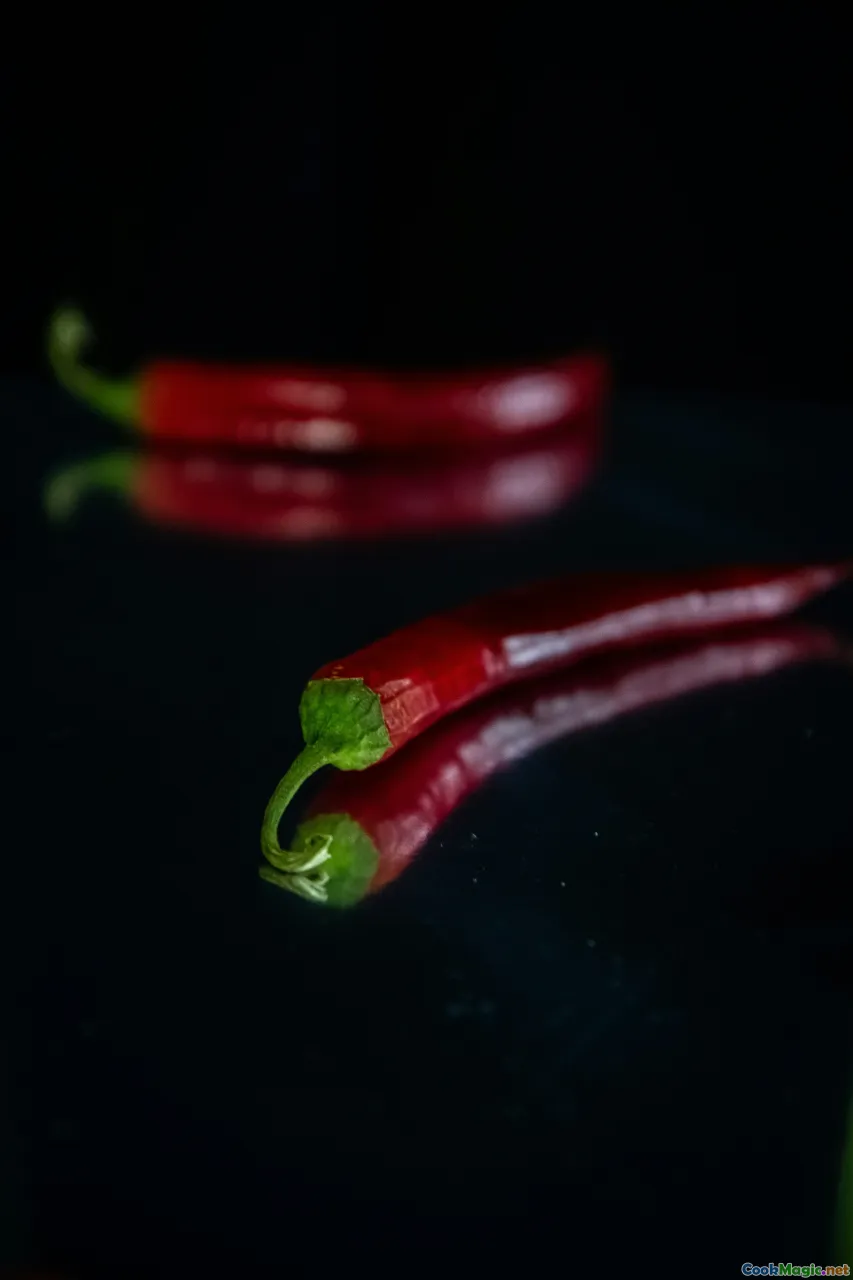
While countless variations ripple through Argentine kitchens, the classic chimichurri maintains a foundational set of ingredients that create its distinctive complexity:
- Herbs: Bright, verdant flat-leaf parsley and oregano provide the fragrant backbone. Their fresh, grassy notes form a herbal canvas that balances the sauce’s acidity and spice.
- Garlic: Crucial for depth—crushed or minced, garlic infuses the sauce with pungent warmth and a touch of earthiness.
- Vinegar: Typically red wine vinegar, it lends a lively tartness that brightens and preserves the sauce’s vibrant profile.
- Olive oil: A generous drizzle unites the ingredients, creating a slightly oily browning that helps coat meats and vegetables.
- Red Pepper Flakes: Adds a subtle heat—spicy but controlled, it gives chimichurri a pleasant piquancy.
- Salt & Pepper: Essential for seasoning, pulling all flavors into harmony.
Each ingredient contributes to a symphony of taste, ensuring that no single note overpowers. The result is a sauce that’s herbaceous, tangy, slightly spicy, with underlying pungency—a complex yet harmonious medley.
The Alchemy of Balancing Flavors
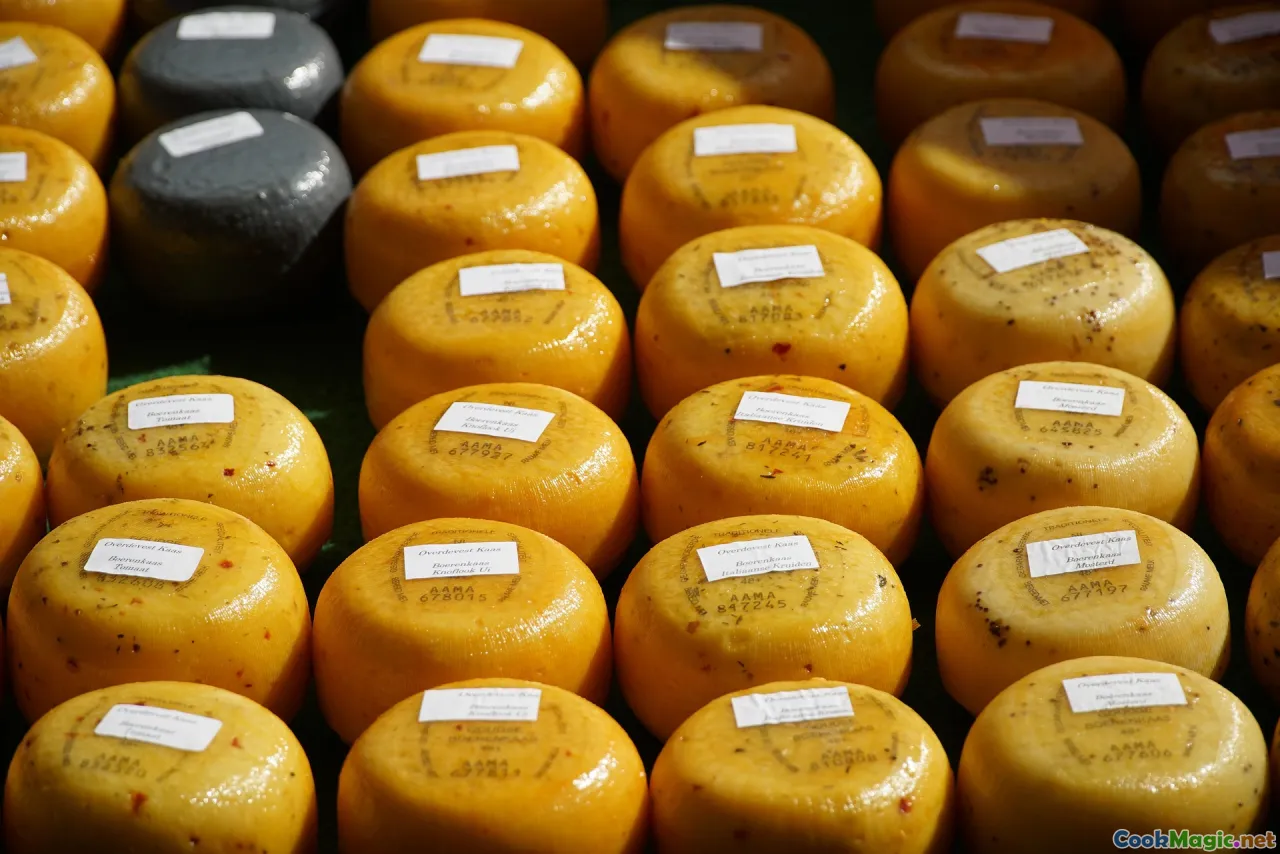
One of the hallmarks of exceptional chimichurri is the delicate balance achieved through culinary alchemy—that interplay between acidity, oil, herbs, and heat. Understanding how these elements interrelate allows cooks to fine-tune their version:
Acidity
Vinegar provides the essential sharpness that cuts through rich meats. It also acts as a preservative, allowing the sauce to sit for days without losing freshness. Some chefs prefer apple cider vinegar for a subtle fruitiness or lemon juice for a brighter citrus twist.
Oil
Extra virgin olive oil lends richness and smoothness that carry the herbal and garlicky notes. It also ensures the herbs don’t become bitter over time.
Herbs & Aromatics
Fresh herbs contribute aromatic sharpness; however, their strength can vary based on seasonality and storage. Personal preference influences whether to use a large handful or a more measured amount.
Heat & Spice
Red pepper flakes introduce a gentle warmth, sometimes complemented by chopped fresh chili for more vibrancy. Some add a pinch of smoked paprika or cumin for deeper smokiness and complexity.
Salty & Pungent Elements
Salt tightens the flavor profile, while garlic's pungency can be adjusted when freshly minced versus roasted or allowed to macerate in vinegar, mellowing its bite.
Keeping these elements in harmony is less about strict rules and more about tasting and adjusting until the sauce’s flavor dance sings.
Variations and Modern Twists
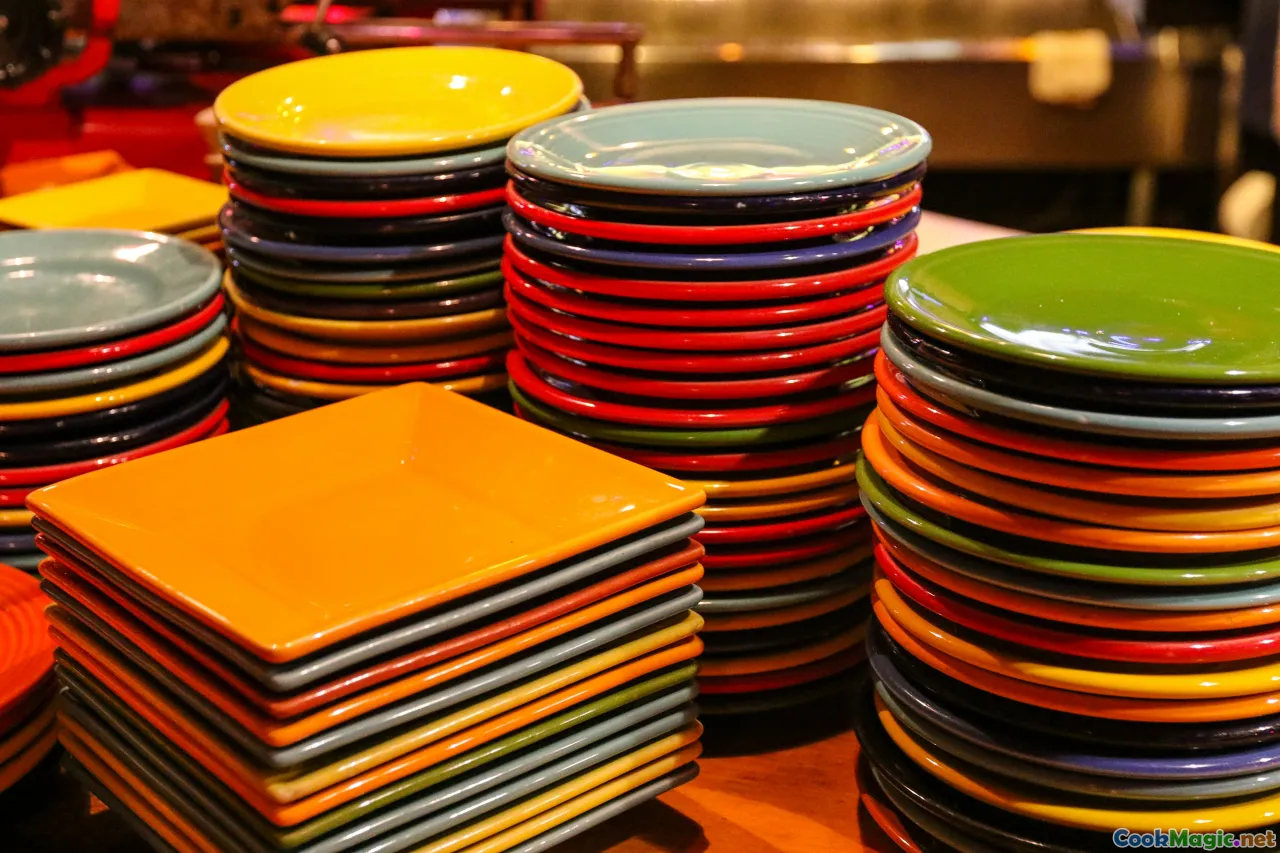
While the classic formula remains king, contemporary chefs continually experiment, infusing chimichurri with new inspiration:
- Herb Substitutions or Additions: Basil, cilantro, or mint for a different aromatic profile.
- Fruit Elements: Mango, citrus zest, or berries to introduce sweetness or acidity.
- Pickled Components: Red onion, shallots, or even pickled peppers for an added tang.
- Heat Intensification: Using fresh hotter varieties of chili or adding horseradish or wasabi for afternotes of pungency.
- Texture Play: Finely minced vs. nearly puréed for a smoother or chunkier finish.
These twists exemplify how a traditional base can evolve into personalized or regional variations—enhancing dishes from grilled rabbit to stuffed peppers, or even drizzled atop Argentine-inspired fish tacos or modern tapas.
Pairing and Usage: The Expressive Power of Chimichurri
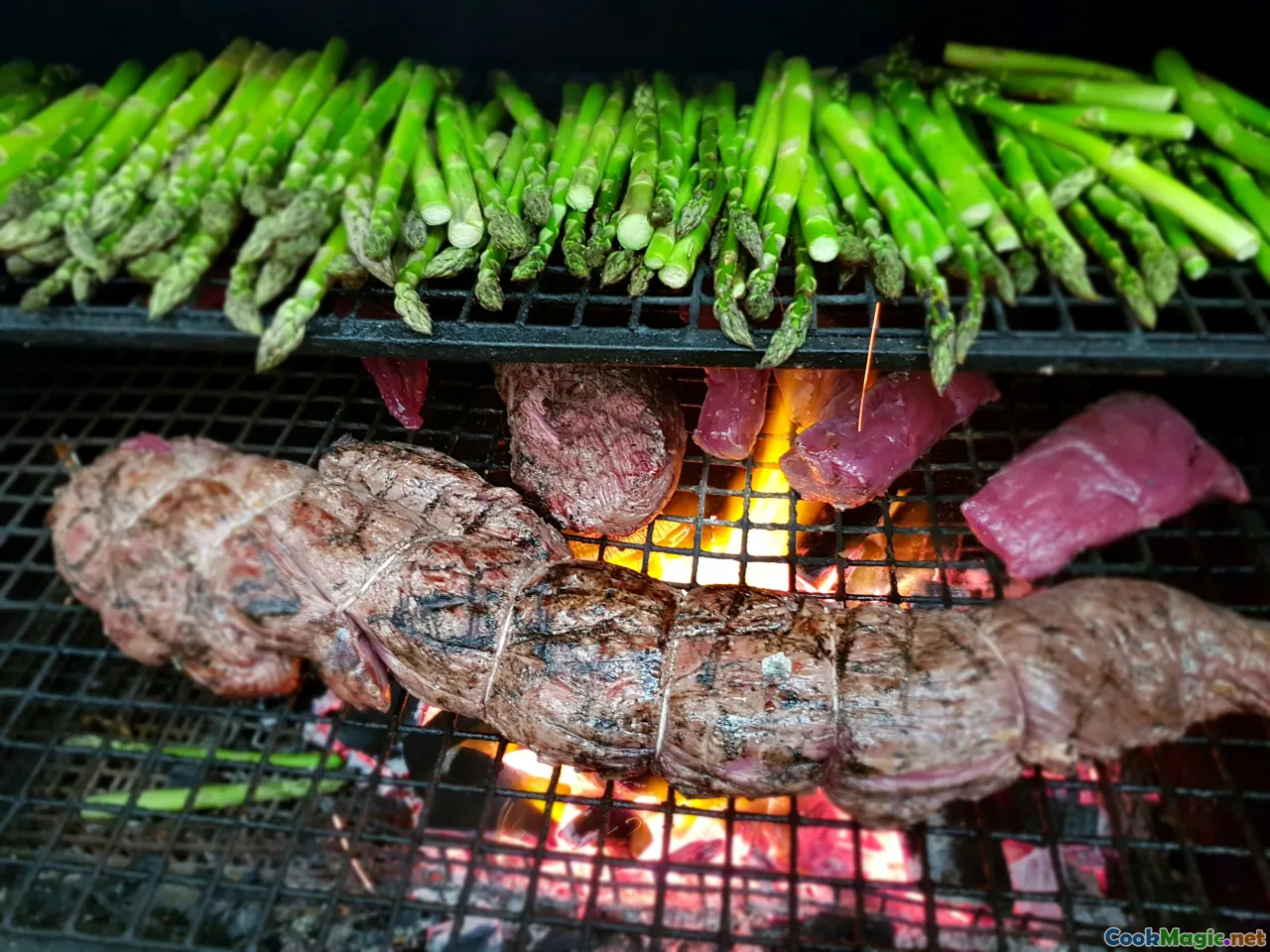
Chimichurri’s versatility makes it a culinary chameleon, elevating many dishes beyond its traditional context:
- Grilled Beef & Asado: The primary stage—rich cuts like ribeye, flank steak, and short ribs are perfectly complemented by this herbaceous shield.
- Vegetables: Grilled zucchini, eggplant, or roasted potatoes, where chimichurri adds a fresh burst.
- Seafood: Especially grilled shrimp or halibut, where the sauce enhances without overwhelming.
- Appetizer spreads: Spread over toasted bread, served with olives and cured meats at traditional Argentine asados.
- Fusion Applications: Incorporating into salad dressings, marinating chicken, or even dolloping on Latin-inspired grain bowls.
A hallmark of its power is how it cuts through richness, brightening flavors, providing acid, spice, and aroma in every bite.
Tips for Mastering Authentic Chimichurri
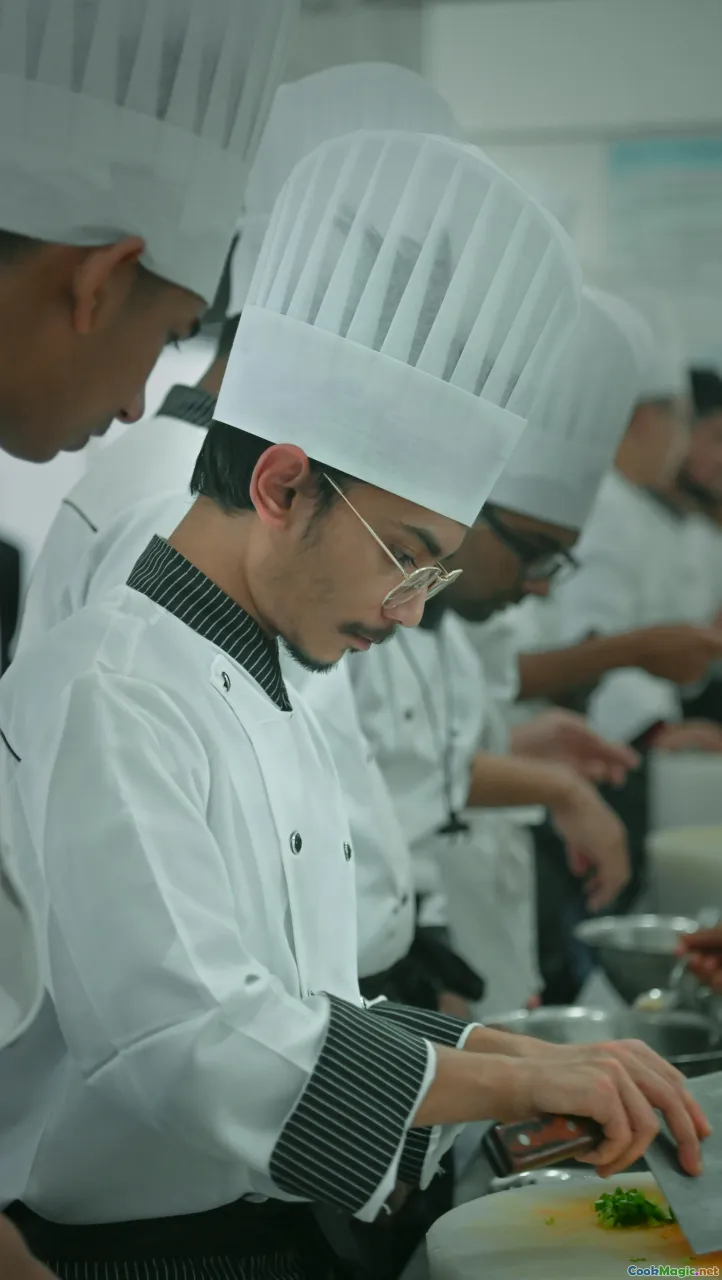
While effortless-looking, crafting authentic chimichurri benefits from a mindful approach:
- Use Fresh Ingredients: Fresh parsley, oregano, garlic, and chili ensure vibrant flavor and aroma.
- Microplane for Garlic & Chili: Mince for integrated heat versus rough chopping for more punch.
- Allow Rest Time: Letting the sauce sit for 15-20 minutes melds flavors. For more depth, refrigerate overnight.
- Adjust Seasonings: Balance tartness with more vinegar, spice with chili flakes, and tweak salt to taste.
- Quality Olive Oil Matters: It’s the finishing touch; choose good extra virgin for richness.
- Store Properly: Keep in an airtight jar in the refrigerator; the flavors develop further over time, often improving after a day or two.
Remember, creativity and personal taste are key—use chimichurri as an expression of your palate.
The Emotional Connection: More Than Just a Sauce

In Argentine culture, chimichurri isn’t merely a condiment; it’s a vessel carrying stories, memories, and communal bonds. A visit to Buenos Aires’s legendary asados, be it in a bustling street-side parrilla or a family backyard, saturates one’s senses with the lingering aroma of sizzling steaks paird with pulses of herbaceous, tangy chimichurri.
Many Argentine households have their own treasured recipes—some based on ancestral traditions, others reflecting modern palate shifts. It is common to see families passing down their secret ratios or regional ingredient preferences, fostering a sense of continuity and pride.
The act of preparing chimichurri often becomes an inclusive communal activity—shared among friends, family members, and neighbors, highlighting the social fabric that makes Argentine cuisine so intrinsically collective.
In every drop of chimichurri, there’s a connection to the land—the lush pampas, the rugged gaucho spirit, and the warm conviviality that turns dining into celebration.
Decoding and appreciating the layered complexity of chimichurri deepens not just your culinary knowledge but your cultural understanding. Each ingredient, technique, and tradition weave together into a sauce that’s as much a reflection of Argentine history as it is a celebration of its present. So next time you whisk or pulse your own chimichurri, remember—you're crafting more than a condiment; you're creating a little piece of Argentina’s soul, one herb, one spice at a time.









